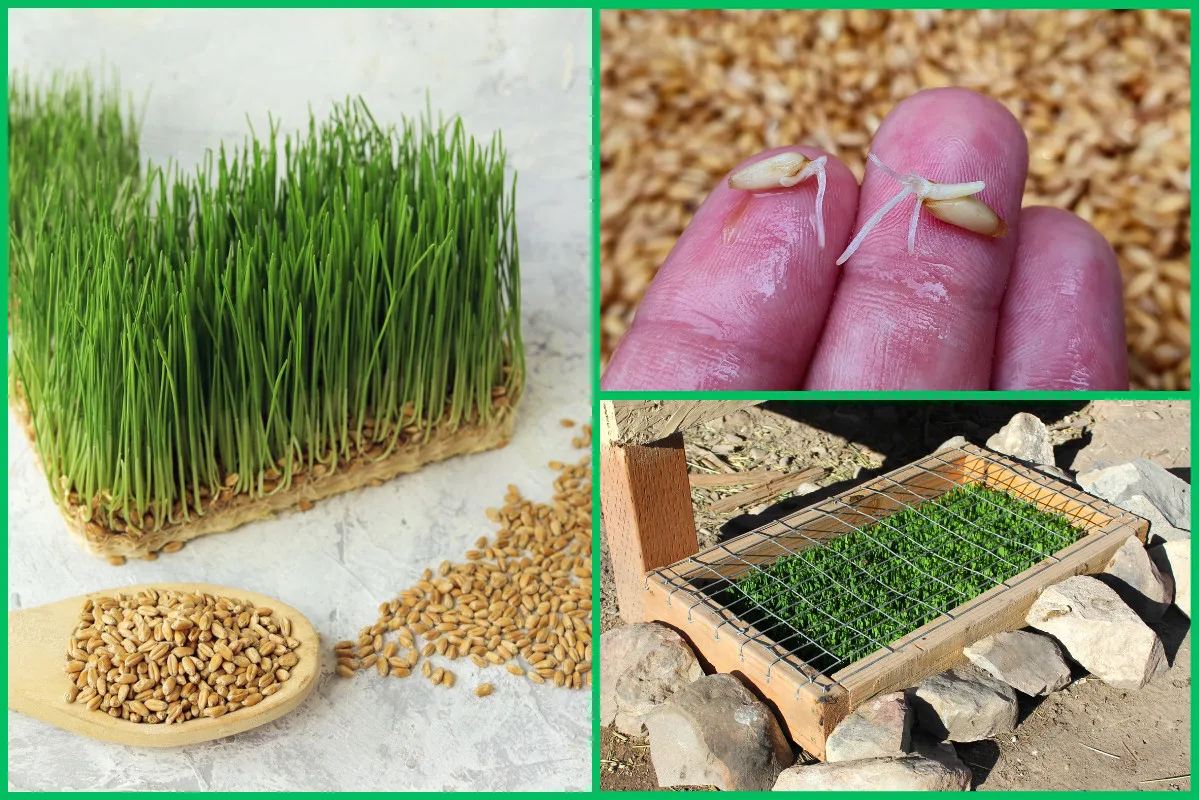
Raising little critters on your homestead can take a lot out of you. Not only does it take money from your pockets to feed them, but you worry about their health, too.
Growing fodder is a great way to save money on the feed bill and provide your animals with much-needed nutrients and fresh food, which is especially necessary in the winter.
Fodder is inexpensive and easy to grow, as well as super fast! You can grow fodder from grain to grass in just a week!
Why grow fodder for chickens and rabbits?
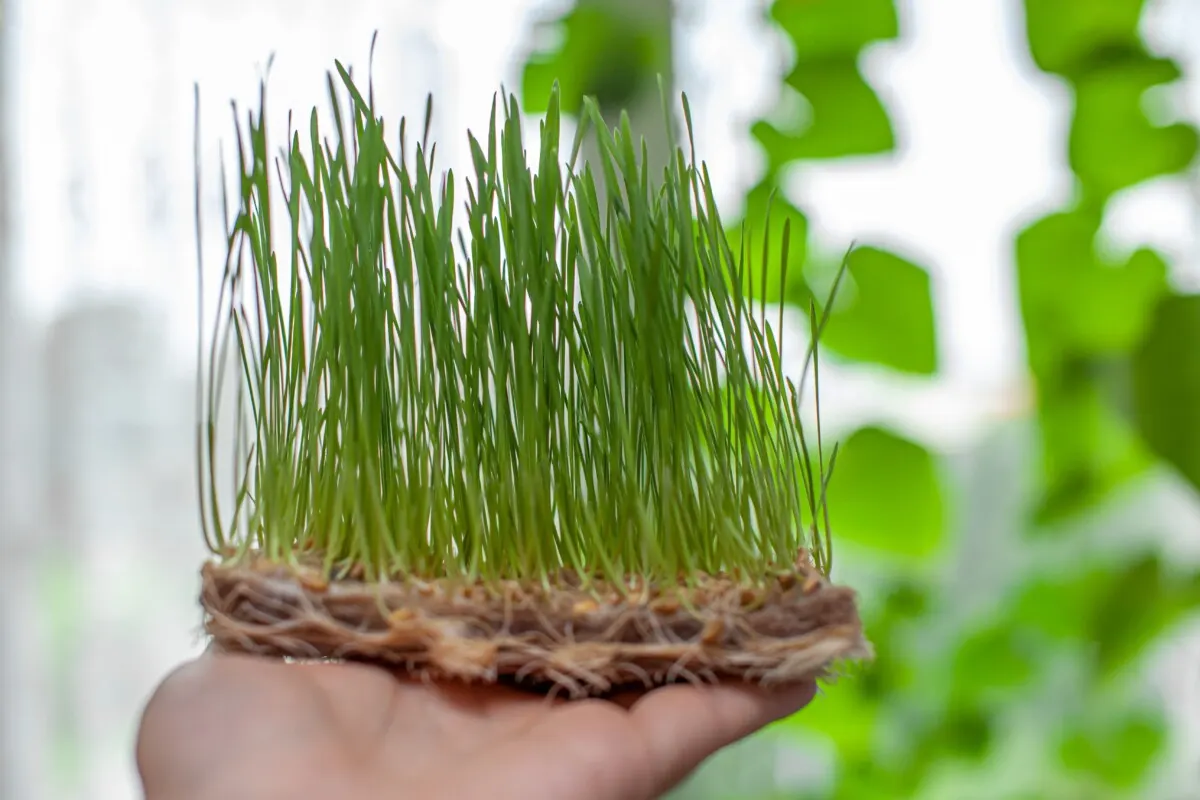
There are so many benefits to growing fodder for your livestock.
Save money feeding your livestock
Who doesn’t want to save some money?
While many people get into homesteading with the hopes of spending less money at the grocery store, the reality is that it can cost you more to grow and raise your own food. So we cut costs wherever we can.
Growing fodder takes a tiny upfront investment, and then maintenance is very inexpensive.
While fodder won’t replace your rabbits’ or chickens’ regular feed, it’s an excellent supplement and helps to fill up their bellies on the cheap.
Fodder turns a small amount of grain into an enormous amount of feed!
One 50-pound bag of grain can yield over 200 pounds of fodder to feed your livestock. This means that with just a little bit of effort, you’re more than quadrupling your animal feed.
Fodder gives your chickens and rabbits access to year-round fresh green food.
Winters can be hard for livestock. Day after day of being trapped indoors, using much of their energy to stay warm, and eating the same bland pellets day after day. But not when you can provide them with fodder!
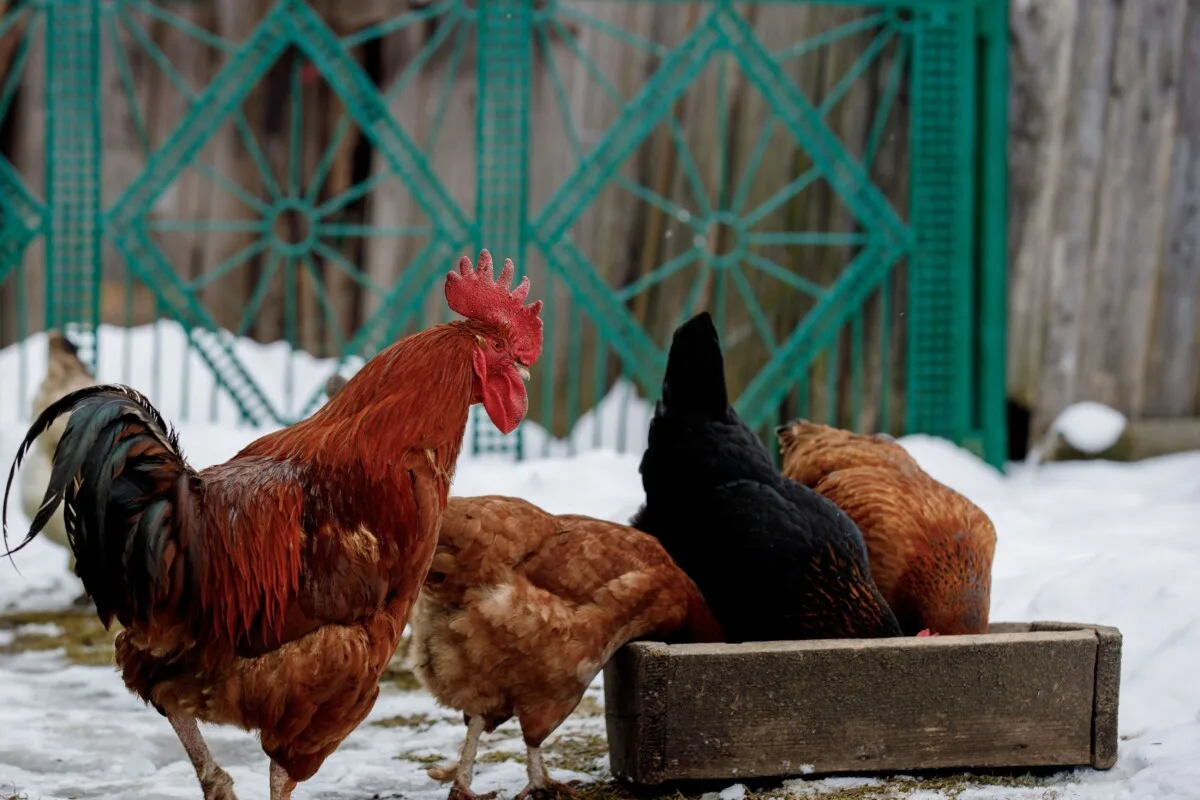
Fodder is chock full of nutrients, and it tastes so good for your critters. It’s a wonderful treat for those cold, frosty days.
Fodder gives your animals plenty of minerals and vitamins
Not only can growing fodder save you money, but it’s more nutritious for your animals, too! Fodder is high in protein and full of important vitamins and minerals that will provide a much-needed health boost to your livestock.
Provides entertainment for bored critters
Boredom can be a big problem with livestock, especially chickens, who turn to bullying and picking on each other when boredom strikes. This can especially become a big problem in the winter when chickens are cooped up for months on end.
Feeding fodder once or twice per day gives your animals something to do so they’re not turning on each other.
Things to know about growing fodder
Temperature
It’s best to grow fodder in cooler temperatures, around 65 degrees Fahrenheit. Growing fodder in warmer temperatures could cause mold to grow. Temps cooler than 65 could result in the grains not germinating and sitting for so long that, again, mold grows.
Ventilation and Air Circulation
Having moving air is essential to successfully growing fodder. The easy solution to this is to grow the fodder outdoors, where fresh air is always blowing about.
If that’s not an option due to your location or the time of year, you can certainly grow fodder indoors; just make sure you either have an open window close by or a fan blowing to keep air circulating.
Fodder is a supplement, not a complete feed
Unfortunately, you can’t completely replace chicken feed or rabbit feed with fodder.
It doesn’t have the complete nutrients or roughage that animals need to thrive. Fodder does, however, make an excellent supplement to their food, especially in winter when access to fresh greens is scarce.
Where to buy grain:
There are several options for buying grain, and really it doesn’t matter which you choose. What does matter is making sure the grains have not been chemically treated and are safe for animal consumption.
It also pays to ensure the grains you’re buying are fresh and haven’t been sitting around for months because old grains can have mold.
Farm Stores
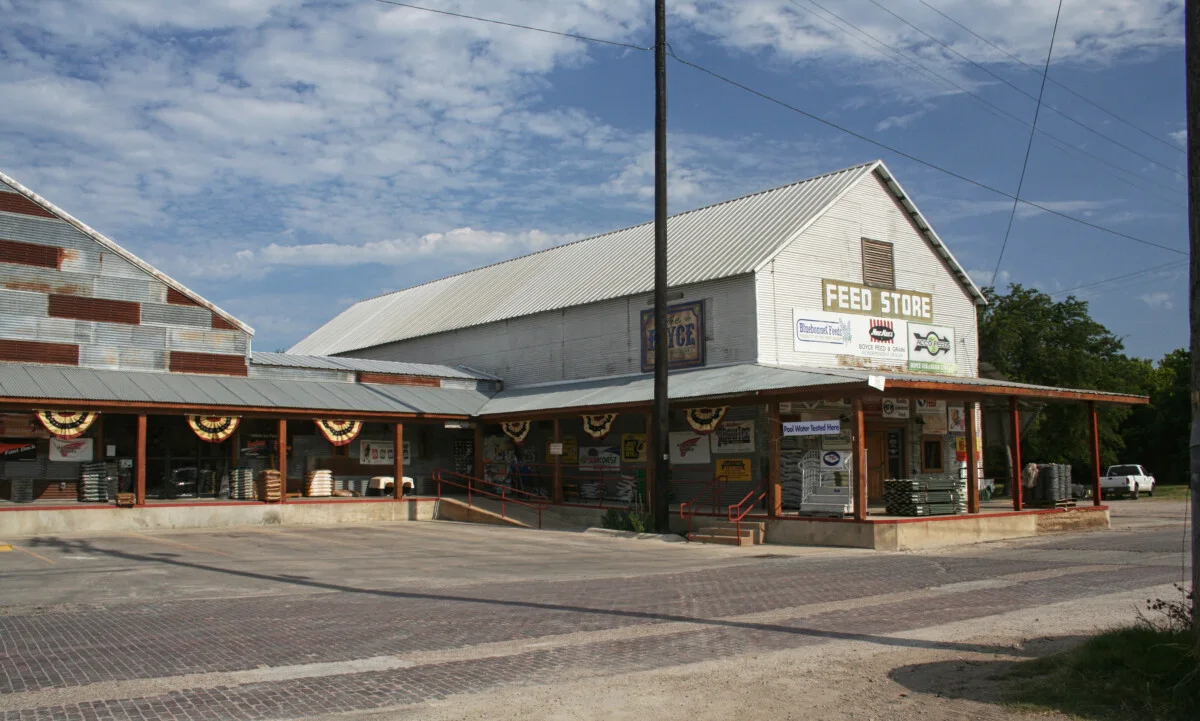
Farm stores are the absolute best place to buy grains for fodder. It will cost much less money for you to buy grains here; you can get big 50-pound bags, and they carry high-quality grains that are designed for animal feed.
Online
If you don’t have a farm store nearby, you can also order grains online. I bought grains from Amazon once and was very surprised at how good they were. The downside was they weren’t packaged very well, and one of them had burst open in the mail, spilling 1/3 of the contents before it got to my door.
I personally prefer buying grains at a physical store, but if that’s not an option for you, online is perfectly fine, too!
Supplies Needed for Growing Fodder:
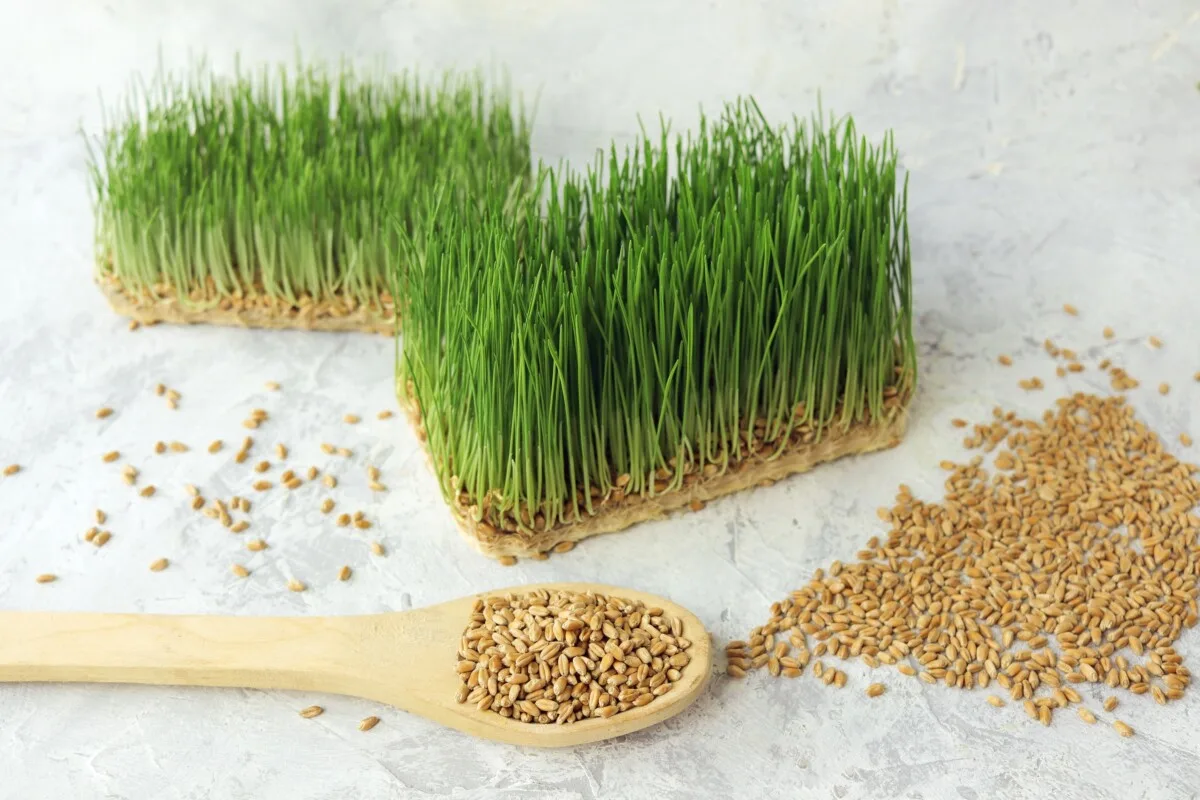
There are many ways to grow fodder for your livestock, and it may take a little experimenting to find the exact system that works best for you.
I suggest starting small and growing your operation as you get the hang of things. You can always buy better and bigger supplies down the road, but it’s good to know that this is something that works for you and your animals before you commit on a large scale.
Here’s what you need to start:
1 bag of grain
Barley or wheat work best, but you can experiment with all sorts of grains.
You can even mix different types of grains together for more variety for your animals. However, if this is your first time growing fodder, it’s easiest to start with just one type and then expand from there.
Water
Tap water works just fine for growing fodder. No need to get too fancy; half the point of this is to save money anyway.
A shallow container with holes in the bottom for growing the fodder
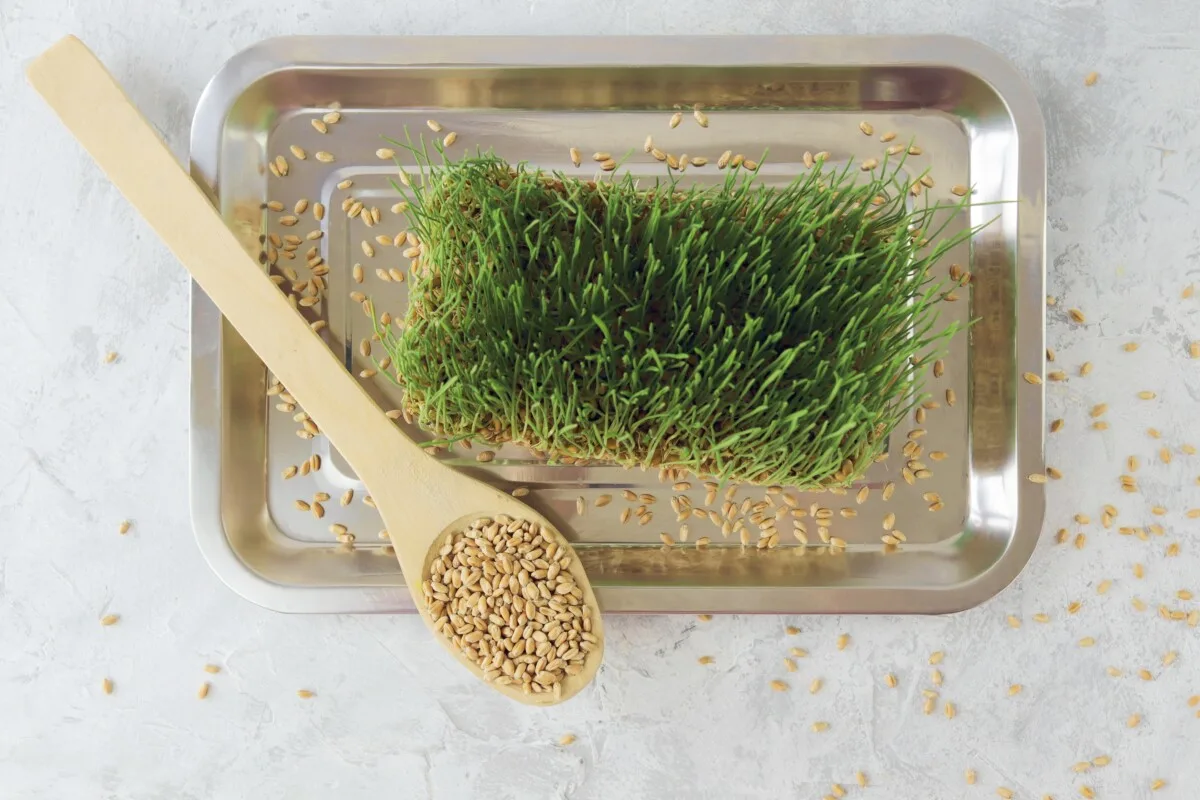
You can use anything that you have lying around for this project, or you can go out and buy some containers.
For a constant supply of fodder for your chickens or rabbits, it’s best to have several containers.
You can grow the fodder on a rotating system where one finishes growing, and you start again with it that day. That way, you can start a new batch of fodder every day of the week and always have fresh food to pop into the coop or hutch.
Shallow containers work best for growing fodder. Reusable food storage containers work great, as do seed-starting trays. Just make sure you cut holes or slits in the bottom of these containers so excess water can drain out.
If you’re planning to buy something for this project, shallow window sill planters work great because they have drainage and are just the right size. Plus, when you’re not using them to grow fodder, you can grow flowers or even herbs in them.
How to grow fodder, step by step
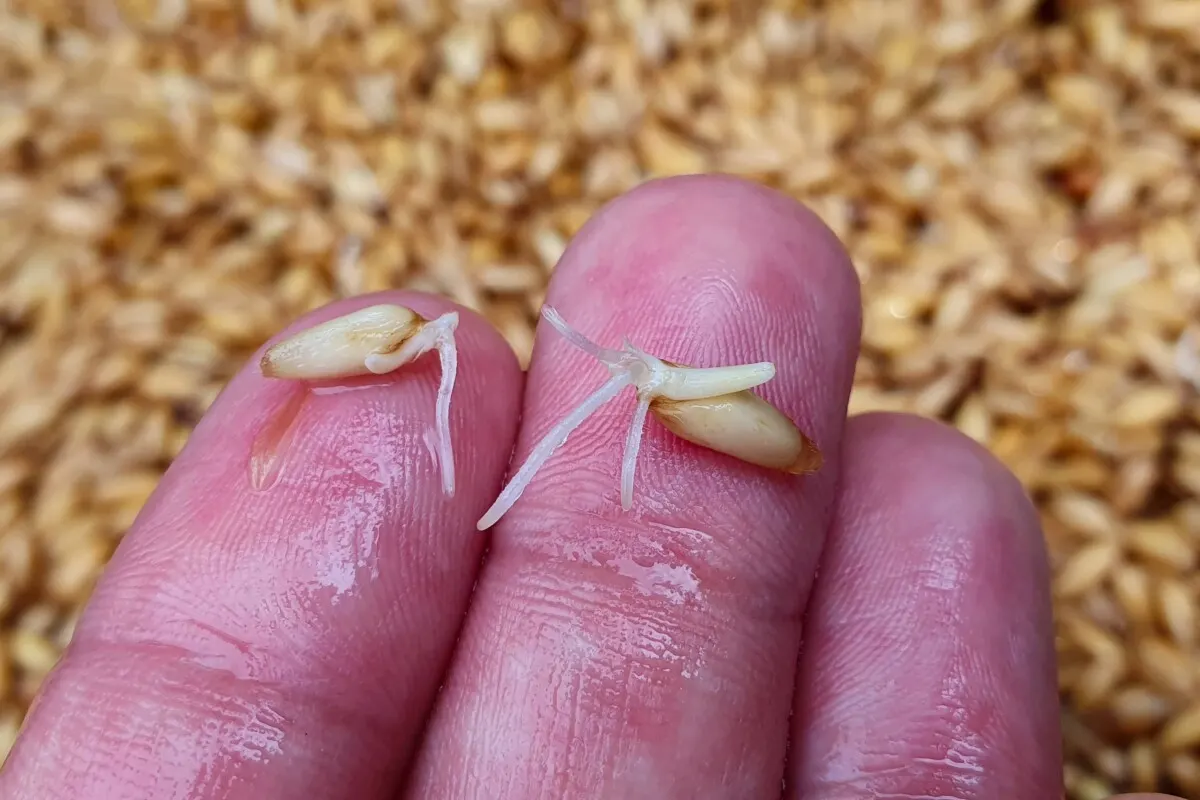
Step 1: Rinse the grains
Getting the grains super clean is an important first step. Washing the grains will clean them of any mold spores, fungus, and insect eggs that could become a problem down the road.
Simply pour the grains into a colander and rinse under running water for a few minutes.
Step 2: Soak the grains
Put the grains in a large, clean bowl and cover them with a few inches of clean, cool water. You can use regular tap water; no need to get fancy or expensive with this step.
You may want to cover the bowl with a towel or plastic wrap to keep out curious cats or bugs.
Let the grains soak all night.
Step 3: Prepare the containers
Clean your containers well with hot, soapy water before using them to grow fodder. Once the containers are clean and ready, you can load them up with your grains.
Step 4: Add the grains
Spread the grains out evenly in your grow container; they can be about half an inch deep.
Step 5: Add clean, cool water to the grains every morning and evening
If your sink faucet has a spray function, using it is the ideal way to water your fodder. Simply spray down all the grains evenly and let the excess water drain out the drainage holes. If your fodder doesn’t seem to be draining completely, you can gently tilt the trays to get all the water out.
It’s best to water the fodder twice a day, in the morning and evening, but if your schedule doesn’t allow that, you can get away with watering just once a day.
Note: Never re-use the water that drained from the container as it could cause mold.
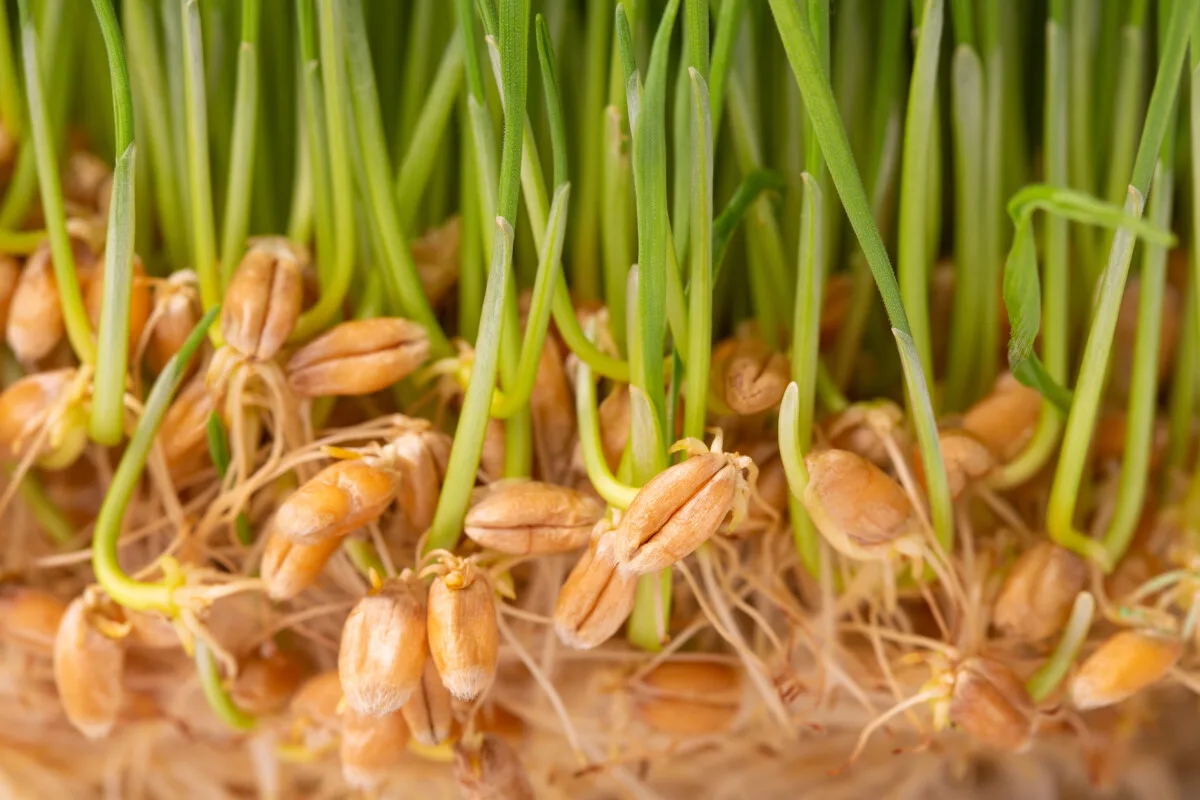
Step 6: Place the containers in a spot with bright light
You can place the containers near a bright window or put them outside in an area where they’ll get good light. If a window isn’t an option indoors, you can also use grow lights to grow fodder.
If you do put them outside, try to put them in a protected area. Wild animals will be very interested in your little fodder operation, especially if you’re growing in early spring or winter when fresh greens are hard to come by!
Keep an eye on the progress of your grains day by day; first, you’ll see the roots start to form, then you’ll see the greens, which will get taller and taller as the week goes on.
Step 7: Feeding your animals
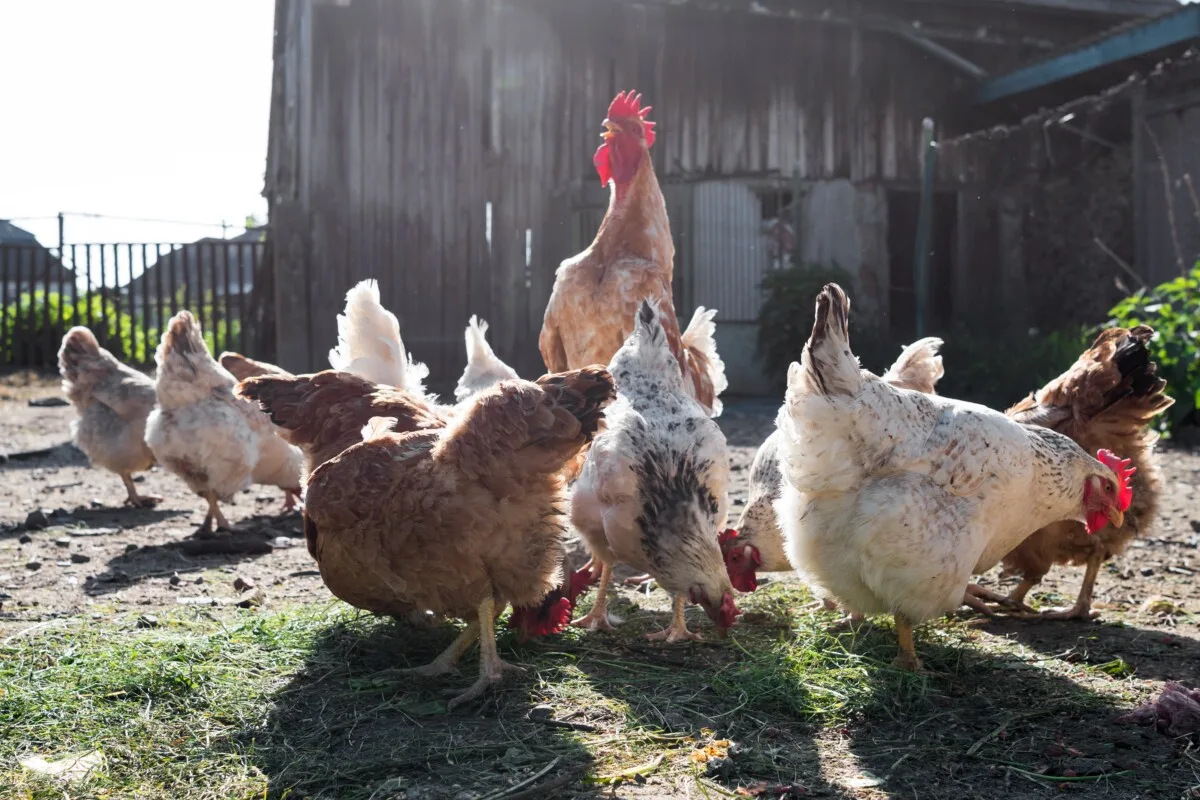
Your fodder should be fully grown and ready for harvest around day 7, and then you can feed it to your animals. Most people take the whole mat of fodder out of the trays and cut it into pieces to feed it to the animals.
Keep in mind it’s best to feed chickens fodder in small amounts multiple times per day so they don’t eat too much at once.
Rabbits mostly enjoy eating the greens, but chickens will eat the whole thing: grains and roots!
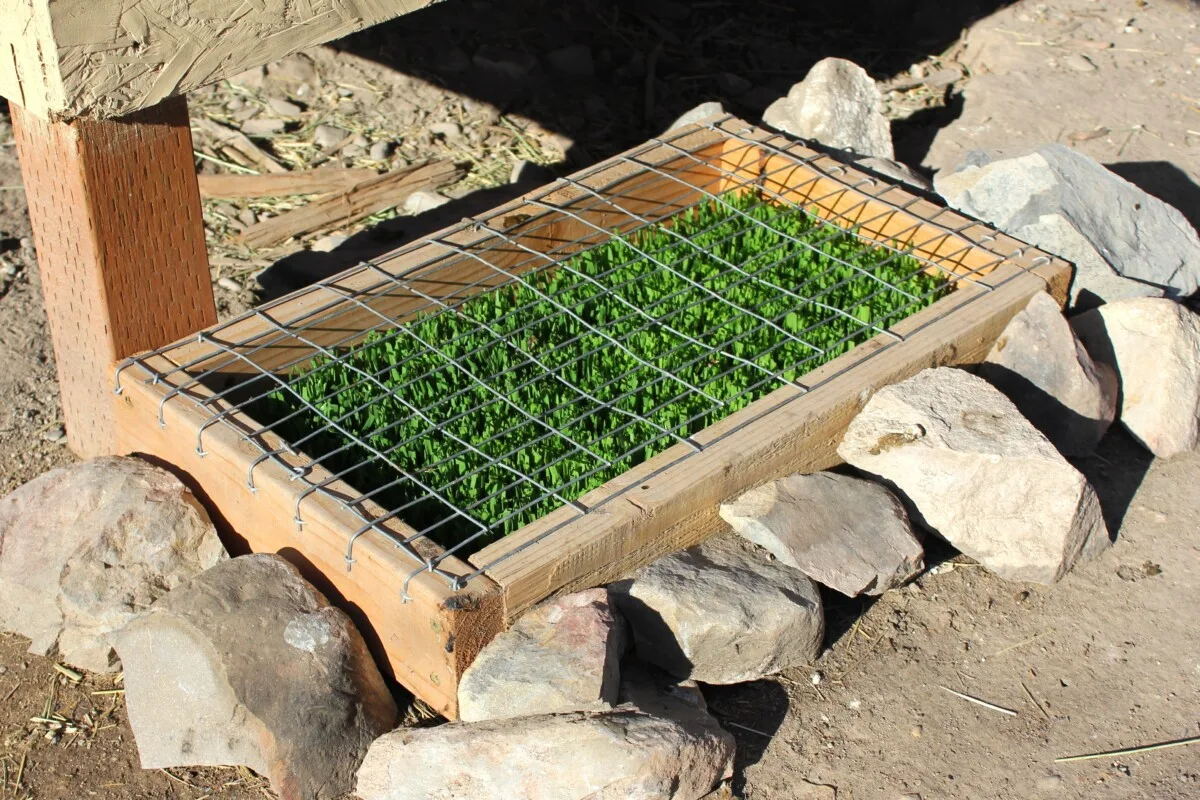
Note: You may be tempted to toss the container full of fodder in with your animals, but don’t! There are tons of bacteria, spores, and insects in coops and hutches, and you don’t want to contaminate your containers with anything; always remove the fodder from the container before feeding.
Developing a rotating system
You can easily develop a rotating system for growing fodder so that you always have fresh fodder available for your animals.
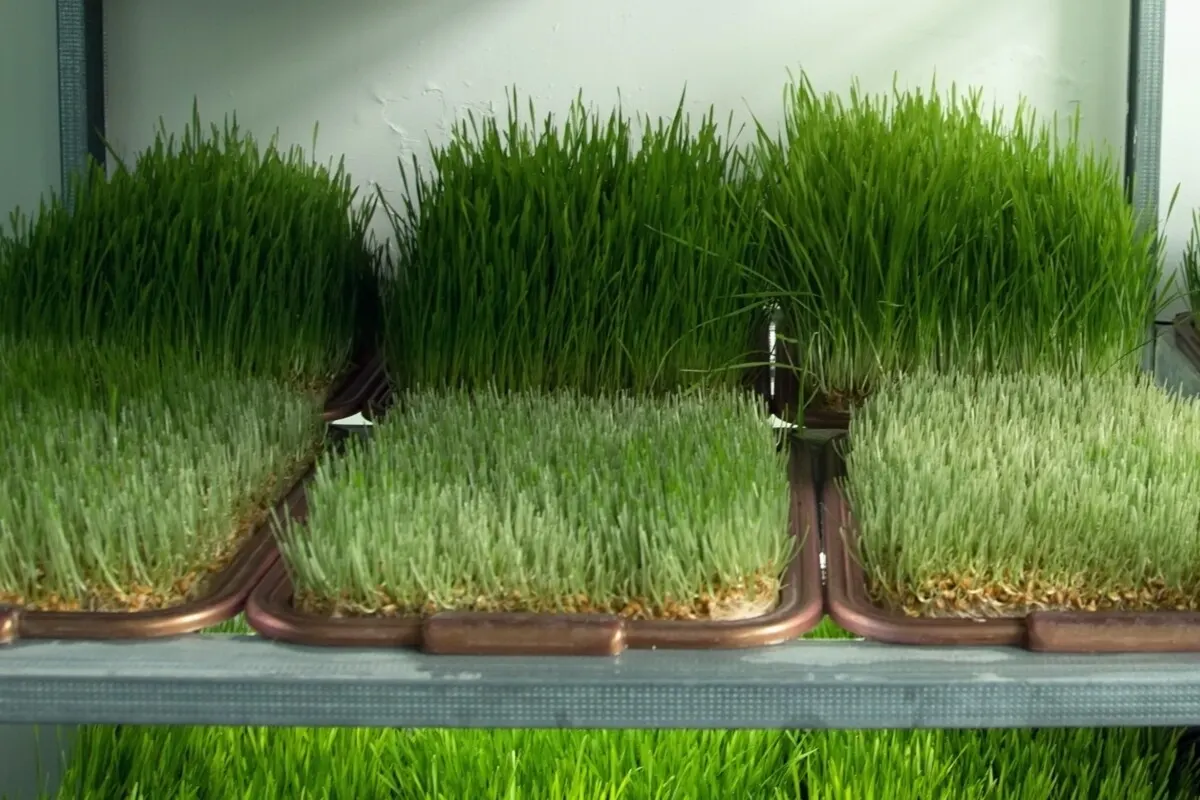
To do this, when you’ve fed all the contents of one container to your animals, you can reuse it again. First, make sure to clean and sanitize the container. Then, simply follow the steps in this process again to grow more fodder.
Other tips:
Make sure to store your grains somewhere safe. You need to keep them dry so they don’t develop mold. It’s a good idea to store the grains in a galvanized steel can with a tight-fitting lid; this will keep the grains dry as well as safe from animals like mice, rats, and wild birds.
If you notice any mold or fungus growing in your fodder, throw it in the compost and start fresh. Make sure your containers are washed thoroughly, and the fodder is draining completely after each watering to avoid this happening again.
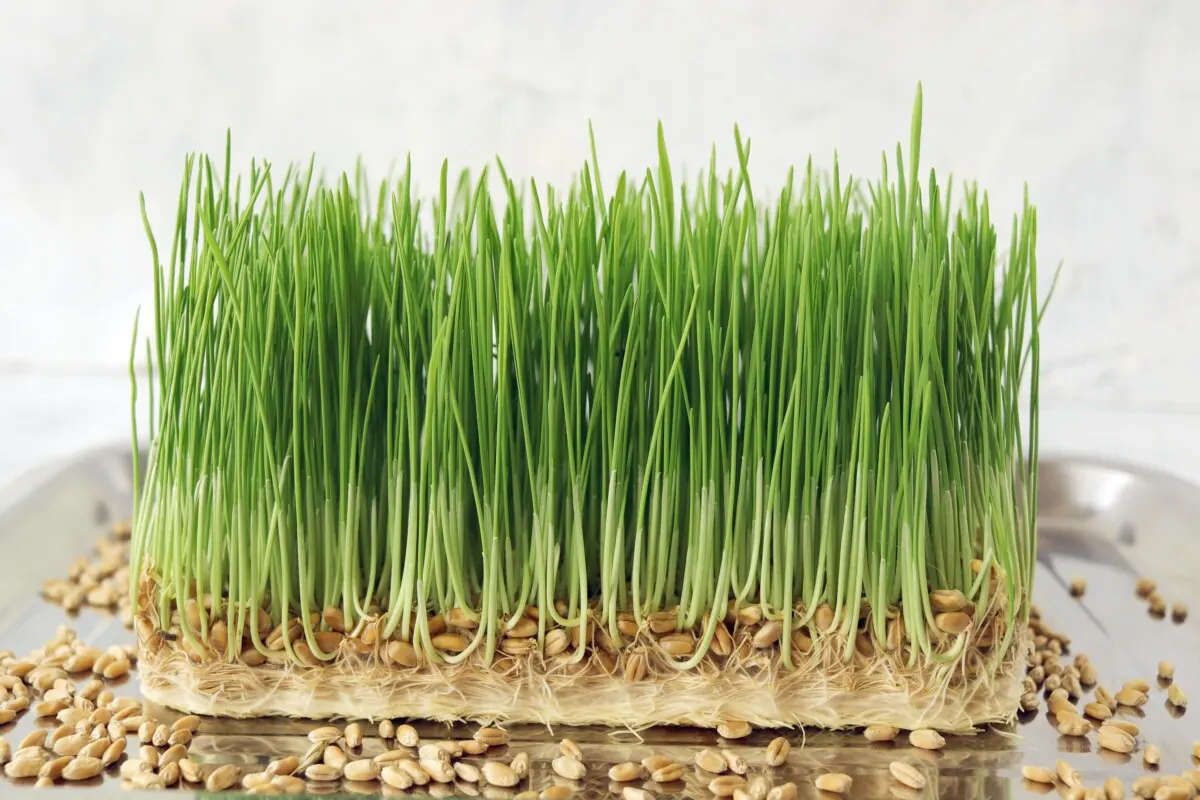
Growing fodder is so satisfying and enjoyable because it’s so quick and takes almost no effort. It’s a wonderful way to supplement your livestock feed and will make your animals so happy, especially in the gloomy winter.
Be sure to experiment and adjust to make this work for you. There’s no one perfect way to grow fodder. You can play around with different grains and setups until you find what works best for you. This is a very simple project with lots of flexibility. As long as everything is clean and your grains are from reputable sources, you’re good to go!

Get the famous Rural Sprout newsletter delivered to your inbox.
Including Sunday ramblings from our editor, Tracey, as well as “What’s Up Wednesday” our roundup of what’s in season and new article updates and alerts.

